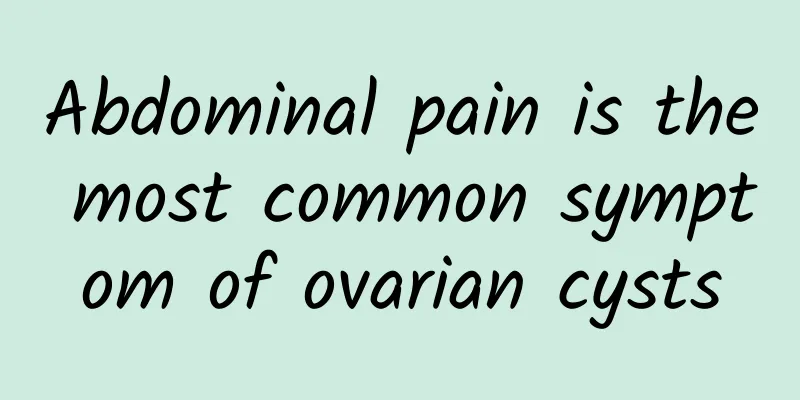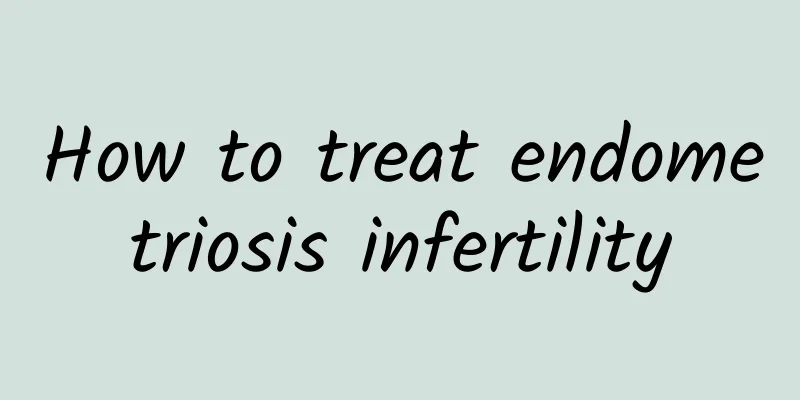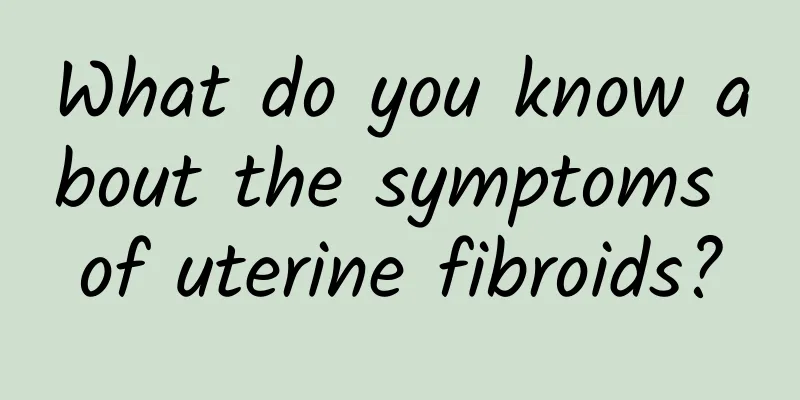Abdominal pain is the most common symptom of ovarian cysts

|
Ovarian cysts are generally the most common disease. The most important thing for female compatriots is to have a certain understanding of the symptoms of ovarian cysts . What are the symptoms of ovarian cysts? Let's take a look at the symptoms of ovarian cysts. 1. Increased abdominal circumference and abdominal mass are the most common symptoms. The patient notices that his clothes or belt are too tight, and then notices that his abdomen is enlarged, or feels it accidentally in the morning, so he presses his abdomen and finds a mass in the abdomen. The symptoms of ovarian cysts are combined with abdominal distension and discomfort. 2. Abdominal pain If the tumor has no complications, there is very little pain. Therefore, if patients with ovarian tumors feel abdominal pain, especially if it occurs suddenly, it is mostly caused by the twisting of the tumor pedicle, or occasionally by tumor rupture, bleeding or infection. In addition, the symptoms of ovarian cysts are mostly abdominal pain and leg pain, and the pain often causes patients to seek emergency treatment. 3. Menstrual disorders. Generally, ovarian cysts, even bilateral ovarian cysts, do not destroy all normal ovarian tissues, so they usually do not cause menstrual disorders. Some uterine bleeding is not endocrine, or it is caused by ovarian tumors that change the distribution of pelvic blood vessels, causing endometrial congestion; or it is caused by ovarian malignant tumors that directly metastasize to the endometrium. Menstrual disorders caused by endocrine tumors are often combined with other secretory effects. 4. Symptoms of compression of ovarian cysts. Huge ovarian tumors can cause dyspnea and palpitations due to compression of the diaphragm. Ovarian tumors combined with large amounts of ascites can also cause such symptoms. However, some ovarian tumor patients have dyspnea due to unilateral or bilateral pleural effusions, and often combined with ascites to form the so-called Meigs syndrome. The information introduced in the above materials is about the symptoms of ovarian cysts. I hope it can help you. Understanding the symptoms of ovarian cysts is the most critical step. However, after we understand the symptoms of ovarian cysts, we must detect the existence of the disease in time and treat it, so as to control the spread of the disease. |
<<: What are the main causes of ovarian cysts?
>>: Pay attention to the precautions before treatment of ovarian cysts
Recommend
What are the common harmful consequences of cervical precancerous lesions?
We must actively grasp the hazards of cervical pr...
What happens if you have a small amount of bleeding after years of amenorrhea?
What happens if you have a small amount of bleedi...
Can’t stop eating after weight loss surgery? 3 ways to quit diet control
For patients whose obesity index is off the chart...
Eating kelp can help you lose weight. Alginic acid inhibits fat absorption.
As the weather gets colder, the body's basal ...
Is cranberry effective in treating cervical erosion? Patients with cervical erosion should also pay attention to these
Cranberry grows in tropical areas. It is not only...
Prevention of bleeding during artificial abortion
Artificial abortion, also known as induced aborti...
Several early symptoms of uterine fibroids in women
What are the early symptoms of uterine fibroids i...
What to do if you have cervical erosion during pregnancy? Five health care measures to cure cervical erosion after pregnancy
Pregnancy is a big event for a family, but if cer...
Can pelvic inflammatory disease be cured by taking Chinese medicine?
Can pelvic inflammatory disease be cured by takin...
Is it normal to have light menstrual flow during breastfeeding?
Small amounts of menstrual flow during lactation ...
What should I do if my ovarian cyst is about 4 cm?
What should I do if my ovarian cyst is about 4 cm...
What are the dangers of cervical hypertrophy?
If you have cervical hypertrophy, you should pay ...
Integrate weight loss into your life! 12 ways to lose weight in the office
Experts have come up with a set of 12 simple, hel...
Abdominal obesity causes back pain and makes your body look 20 years older! Do the right stretching exercises to strengthen your waist, and rejuvenation is not a dream
A college student in his twenties who was about t...
How to care after ectopic pregnancy surgery?
How to take care of an ectopic pregnancy after su...









